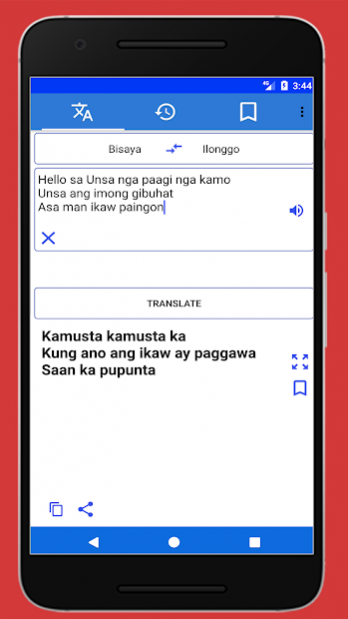
Tagalog grammar (Tagalog: Balarilà ng Tagalog) is the body of rules that describe the structure of expressions in the Tagalog language, the language of the Tagalog region of the Philippines. JSTOR ( May 2008) ( Learn how and when to remove this template message).Unsourced material may be challenged and removed. Please help improve this article by adding citations to reliable sources. Each area has its own specific dialect of bisaya such as waray-waray, hiligaynon and these languages have different pronunciations of many words but there is still a strong understanding.This article needs additional citations for verification. The words you learn here will also allow you to understand people in Leyte, Bohol, Davao and many other places away from the north. It is based on the dialect spoken around the Island of Cebu and its main city also called Cebu. There are different dialects of bisaya but this version is as close to a standard version available. Depending on the person you speak to they tend to give you a different name for the languageas it has never really been standardized. There are similarities in both languages with a fair number of words having the same origins and the grammar appears to be similar however a native tagalog speaker will not understand a native Cebuano speaker.Ĭebuano itself is really just another term for Bisaya or Visayan. Cebuano is a distinctly different language to tagalog.

That is Tagalog due to the capital city being in the north of the Philippines. Although it is spoken natively by more people than any other language in the Philippines, unfortunately it is not the National language. This Bisaya vocabulary builder helps you to grow your knowledge of words by breaking up Bisaya into categories.Ĭebuano is a language spoken in the Philippines.

Learn Bisaya online with this free Bisaya dictionary.


 0 kommentar(er)
0 kommentar(er)
